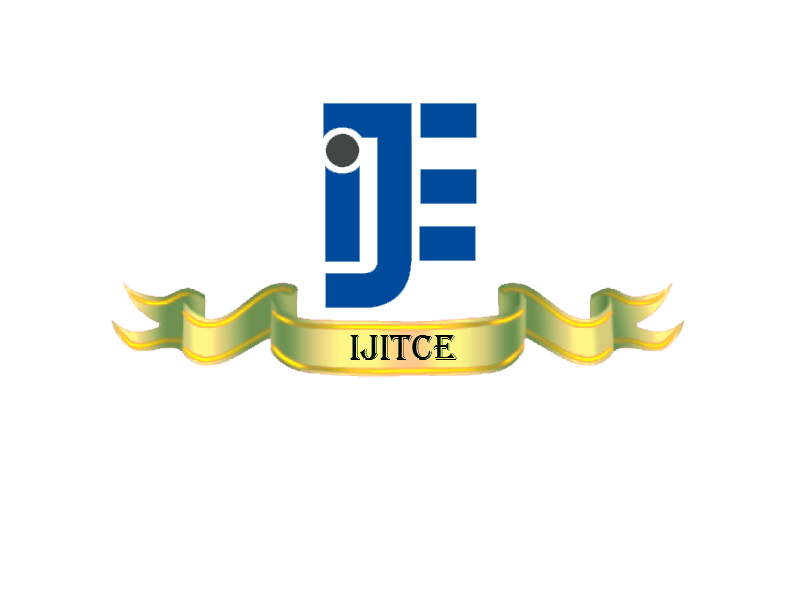September 2018 Issue Vol.8 No.9
Procedure and Tables for Construction and
Selection of Chain Sampling Plan with Zero – Inflated Poisson Distribution
https://ia601503.us.archive.org/34/items/vol8no0901/vol8no0901.pdf
Dr. M. Latha
Principal (Red), Kamarajar Government Arts College,
Surandai- 627859, Tamil Nadu, India
Mr.A.Palanisamy
Research Scholar, Department of Statistics,Government Arts College,Udumalpet- 642126, Tamil Nadu, India
Abstract:
ZIP Chain sampling plans (ChSP-1) allow significant reductions in sample size underconditions of a continuing succession of lots from a
stable, trusted supplier. This paper presents procedures and tables for the construction of such plans and for selection of plans by specified
properties. The performance of the chain sampling plan for variable fraction defective is also discussed by determining the operating characteristic function.
This paper provides a method for the selection of ZIP chain sampling plan (ChSP-1) on the basis of different combinations of entry parameter, Tables
for determining the associated AQL and AOQL are also given.
Keywords:Acceptable Quality Level (AQL), Average Outgoing Quality Limit (AOQL), Chain Sampling Plan(ChSP-1) with Zero – Inflated Poisson distribution.
PHealthcare Services – IoT Enabling
Technologies, Usage and Impact
https://ia601501.us.archive.org/12/items/vol8no0902/vol8no0902.pdf
Varsha Dubey Upadhyay
Faculty of Computer Science, PAHER University, Udaipur, India
Nitika Vats Doohan
Computer Science Department, Medi-Caps University, Indore, India
Naresh Menaria
Department of Mathematics, PAHER University, Udaipur, India
Abstract:
The concept of integrating physical world integrating with digital world is possible with Internet of Things (IoT) technology. It has paved way
for plethora of use cases which were not imaginable earlier. The unprecedented possibilities in distributed environments with IoT bring certain
issues and implications with it. At the same time, healthcare industry in the contemporary world needs integration with IoT to reap benefits of the
ultimate technology. The technologies associated with IoT such as Radio Frequency Identification (RFID), networks with sensors and actuators,
wearable devices, Service Oriented Architecture (SOA), smart mobile devices make the integration with healthcare units possible. The existing
research found in the literature shows the need for further focus on this technology usage in healthcare domain with comprehensive research framework. In
this paper we present a comprehensive conceptual framework containing the combination of research methods such as quantitative, qualitative and case
study. Key areas of Research covered are IoT integration with healthcare unit and patient-centric healthcare services, unprecedented growth in
service quality, technology innovations, technology barriers, security issues, and data analytics for business intelligence. This paper summarise the
usage, impact and issues of IoT integration with healthcare units besides testing hypothesis, giving conclusions and recommendations.
Keywords:Internet of Things (IoT), healthcare units,technology barriers, security, standards, usage, impact.
Read complete September2018
Varsha Dubey Upadhyay
Faculty of Computer Science, PAHER University, Udaipur, India
Nitika Vats Doohan
Computer Science Department, Medi-Caps University, Indore, India
Naresh Menaria
Department of Mathematics, PAHER University, Udaipur, India
Abstract: The concept of integrating physical world integrating with digital world is possible with Internet of Things (IoT) technology. It has paved way for plethora of use cases which were not imaginable earlier. The unprecedented possibilities in distributed environments with IoT bring certain issues and implications with it. At the same time, healthcare industry in the contemporary world needs integration with IoT to reap benefits of the ultimate technology. The technologies associated with IoT such as Radio Frequency Identification (RFID), networks with sensors and actuators, wearable devices, Service Oriented Architecture (SOA), smart mobile devices make the integration with healthcare units possible. The existing research found in the literature shows the need for further focus on this technology usage in healthcare domain with comprehensive research framework. In this paper we present a comprehensive conceptual framework containing the combination of research methods such as quantitative, qualitative and case study. Key areas of Research covered are IoT integration with healthcare unit and patient-centric healthcare services, unprecedented growth in service quality, technology innovations, technology barriers, security issues, and data analytics for business intelligence. This paper summarise the usage, impact and issues of IoT integration with healthcare units besides testing hypothesis, giving conclusions and recommendations.
Keywords:Internet of Things (IoT), healthcare units,technology barriers, security, standards, usage, impact.
